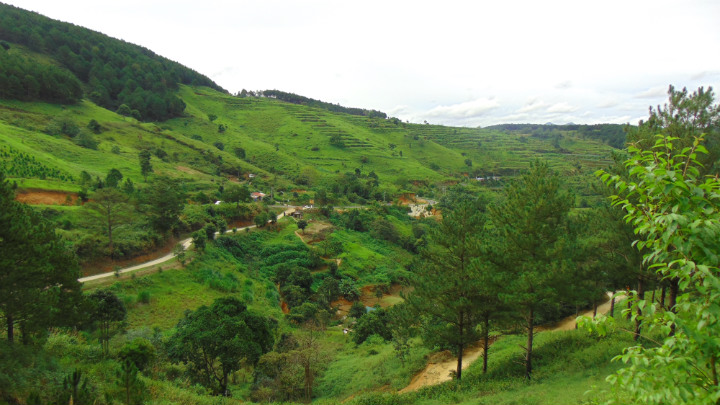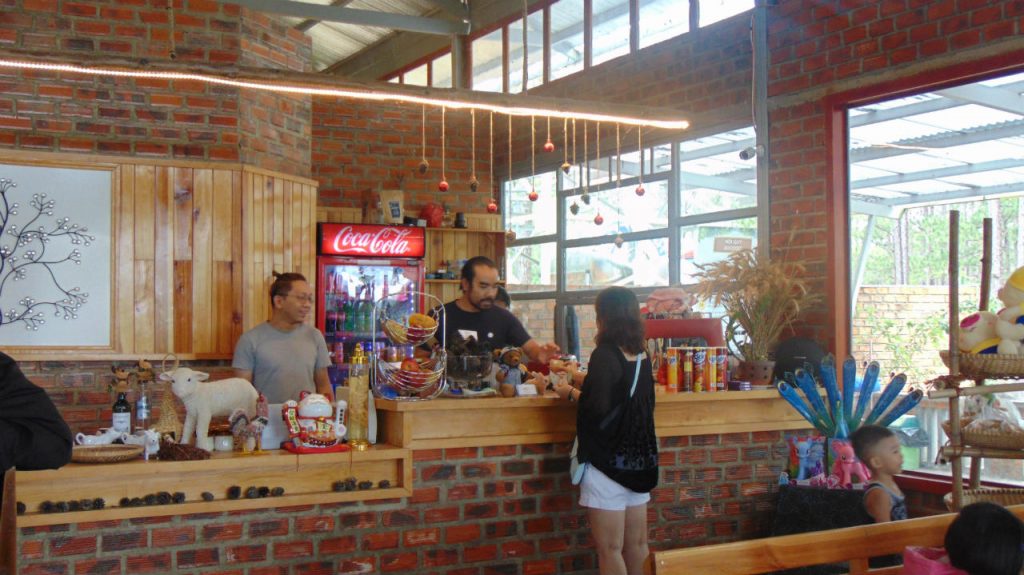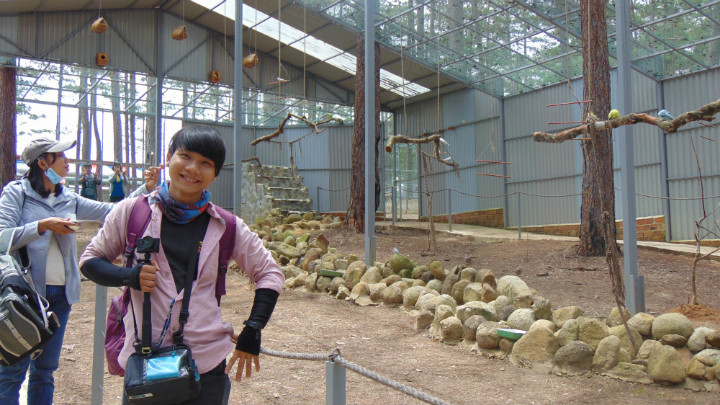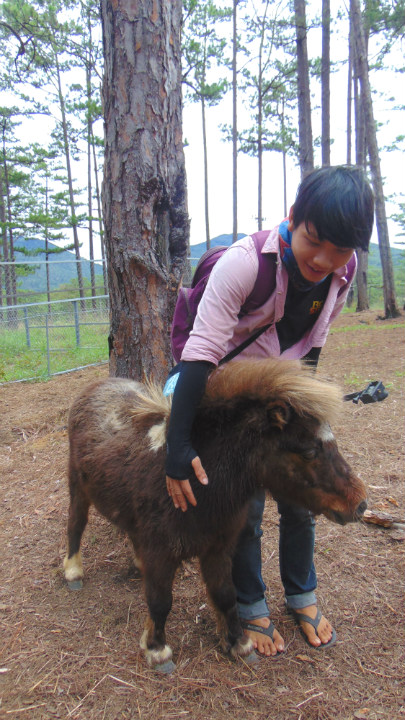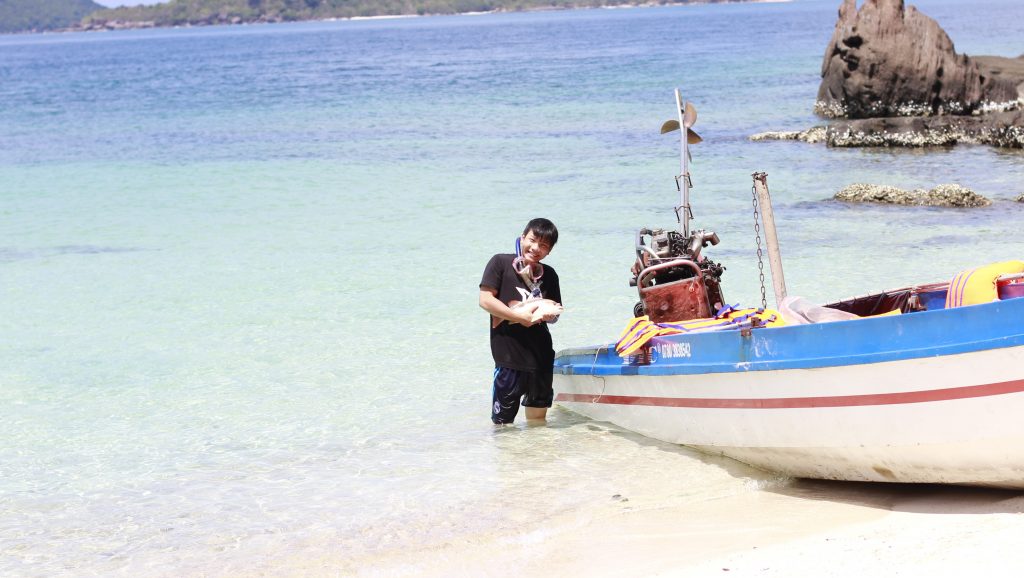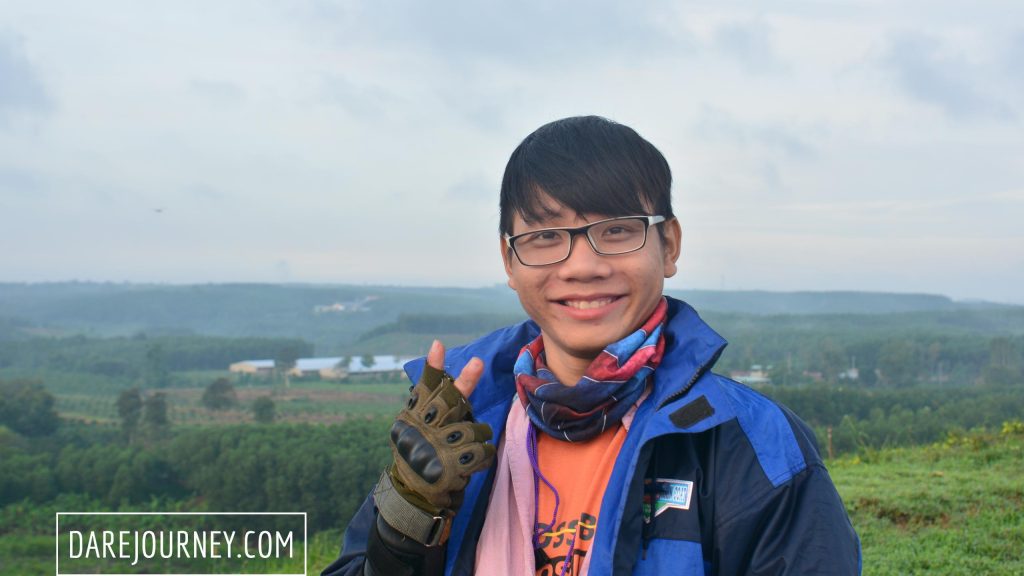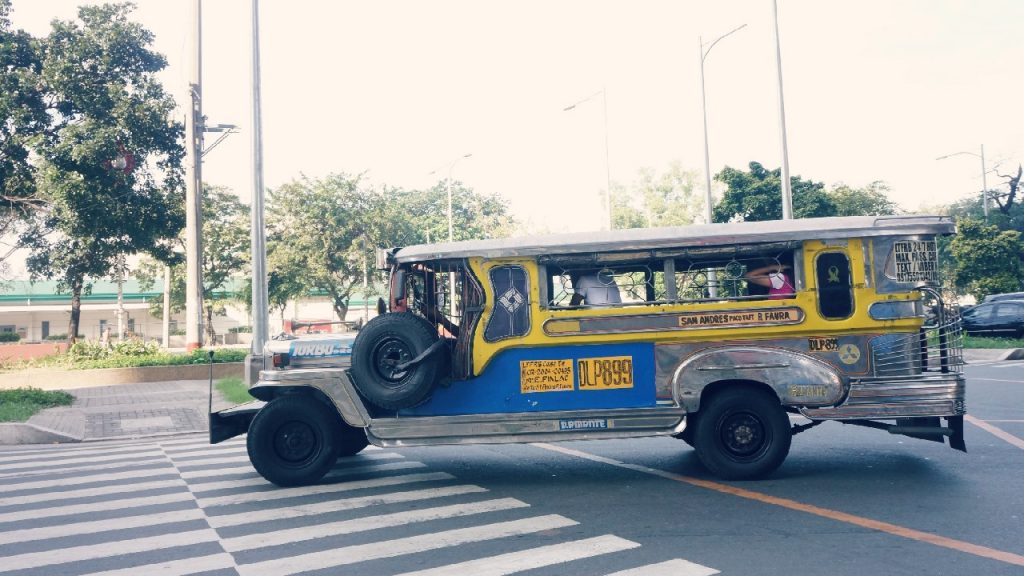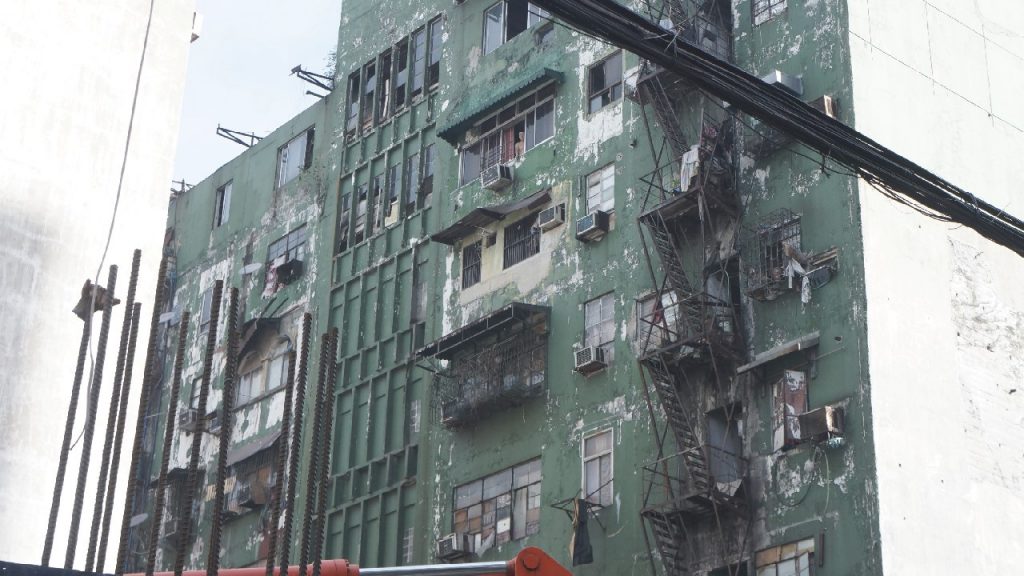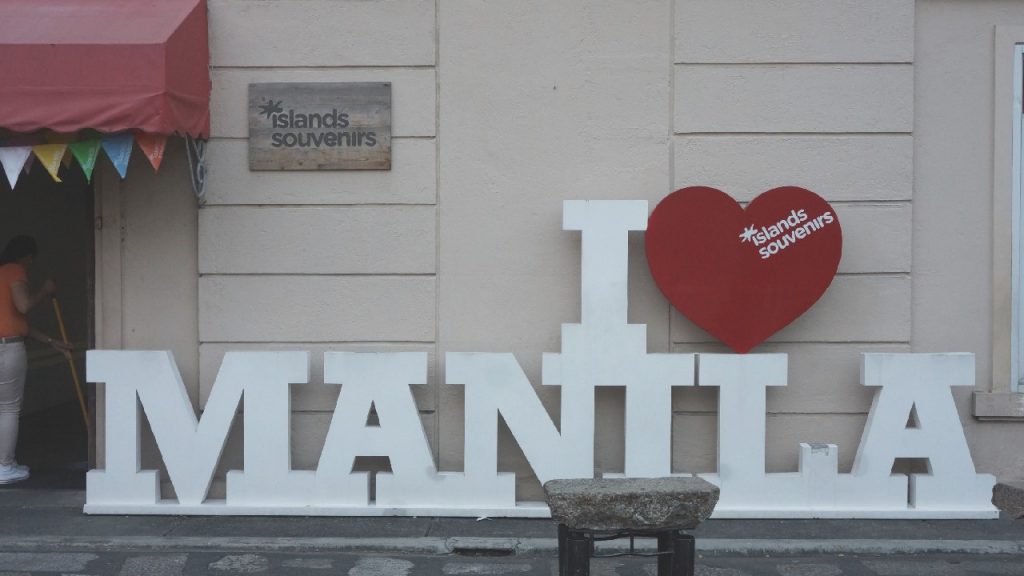First time backpacking Sapa ? My top tips providing useful and in-depth information of get-in, get-around, things to do, food to eat and accommodation tips.
Get-in
You can ride to Sapa, however, most of backpackers reports that it takes them at least 5-7 hours and the road is quite rough. There’s a high-speed highway, a bus take only 4-5 hour to Lao Cai city and plus 1 hour to Sapa town. So mostly people choose to take overnight bus to the town to take advantage of time.
I took Sao Viet bus (789 Giai Phong str. – Hoang Mai, Ha Noi/ 04. 36.686.358). You should book in advance to get best bed on bus. The latest bus is 23:00, and the you’re likely to reach Lao Cai at 3:00, and Sapa at 4:00.
Another safer choice is to take train. It’s the most safest option up to now, but the price is not cheap compared to other means of transport. Booking at the official website of Vietnam railway to get the best price. It’s supported in English at the top right corner.
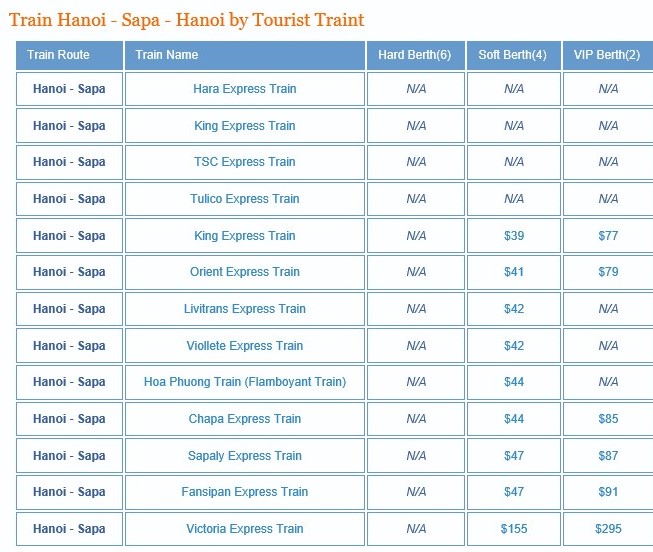
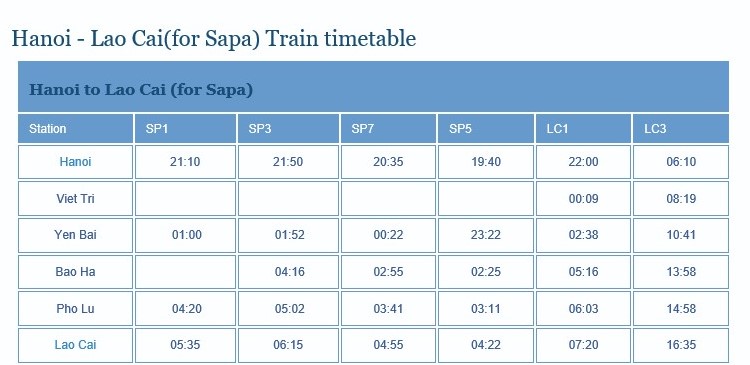
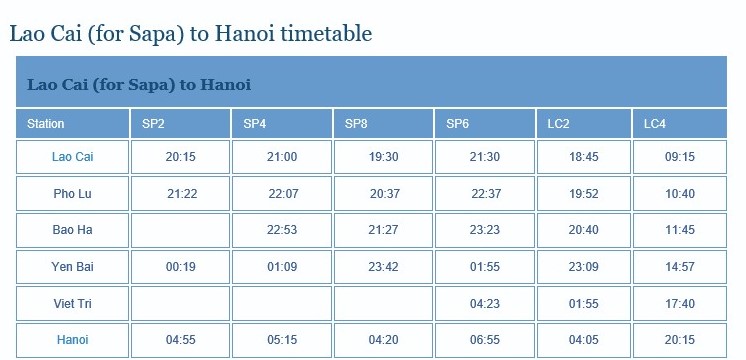
(vietnam-railway.com) “Sapa has no railway station, it’s about 38 km (24 miles) from Lao Cai railway station and easily reached from there by bus, jeep or taxi in about 50 minutes. There are both daytime and overnight sleeper trains between Hanoi & Lao Cai, and on the sleeper trains you can choose between the normal Vietnamese railways sleepers or a whole series of privately-run sleeping-cars of a higher standard aimed at tourists.
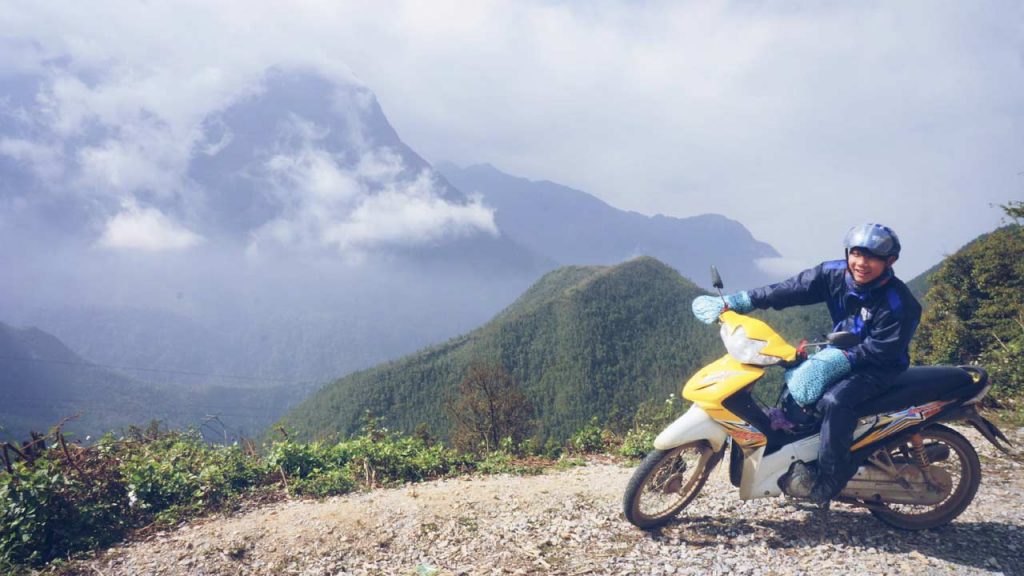
Get around
The best choice for adventurous travelers are bike rental, they are everywhere, and you can rent one for few buck plus gasonline. Read my biking tips for more details.
Another way for leisure travel plus a bit adventure, especially for a solo one, rent a bike-taxi, bargain for 100,000 – 150,000 dong/ a cluster of 4-5 close destinations (see where to visit session for more details).
For a group of travellers, it’s best to take a taxi, there are many brands so I can’t provide a certain price, you should consult the host before take one.
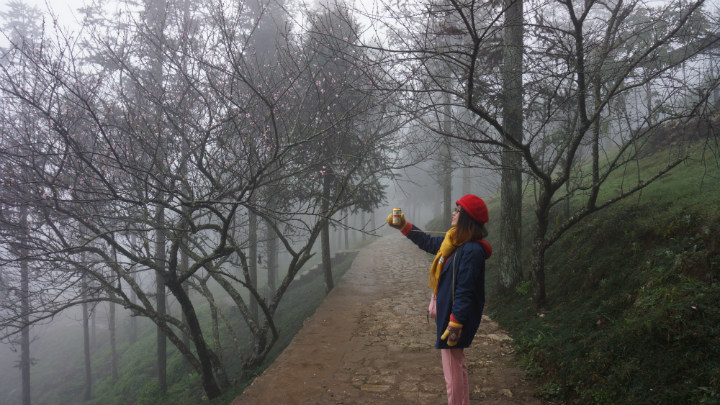
Best time to travel Sapa
Situated at the height of 1500-1800m, Sapa is quite cool, just 15-18 Celcius degree, so it’s very enjoyable here.
Sapa is beautiful everytime, each month the town shows its unique beauty.
April-May: Best time to see rice terraces, they are green and well-lit by fantastic sunray, some flowers are blossoming this time. A great time for photographers.
September – October: Rice crops, all the terraces are covered in yellow. It’s gorgeous and majestic!
December – February: The winter, so you’re expected to see snowflakes by chance and enjoy grilled food deliciously.
Where to go
Zoom in my backpacking Sapa destination map for more detail locations
Ham Long mountain: the highest spot in the town, I see it as a flower garden, similar to Da Lat garden. It’s usually covered by dense fog and drizzle. If you’re lucky enough, then a panoramic view including Sapa town, Muong Hoa valley and Ta Phin village.
Stone church (Notre Dame Cathedral): Built in 1895 by French, it’s a rare historical relic remaining today. A must-visit spot in downtown. Free entrance.
Mau son temple: A religious site for pilgrims.
Sapa lake: Taking a slow-pace duck boat around the lake is a break you’re your destination-rush.
Cat cat: H’mong village, a journey to explore local culture and rice terrace photography also. 40,000 dong/ pax
Ta phin: famous for its system of caves and Red Zdao ethnic. The roadtrip through the village and taking traditional herb bath of the Red ZDao are must-do experiences. It’s very exciting and sense of adventure.
Ta van: Zday ethnic situates here. You’re also expected to see rice terrace.
Sin Chai: Black Zdao ethnic, less tourismization, so you can find out the most pure atmostphere and local culture here.
Muong Hoa valley – Ancient stone field: a beautiful stream and unique engraved stones depicts ancient culture.
Fansipan – the roof top of Indochina: The sea cloud at the summit is very gorgoues and breathtaking, a must-visit spot. You can choose to take cable car (600,000 dong/ return ticket) or hiking trail from Tram Ton station (inside Love waterfall ecotourism park).
Silver waterfall/ Love waterfall: It’d better visit these places at the beginning and the end of rainy season, when the water flow is at its most beautiful.
“Gate to Heaven” (O Quy Ho pass viewport): A stunning panoramic view of the famous Pass. To conquer the pass more safely, please read my useful biking tips [http://darejourney.com/sapa-biking-tips/].
Coc San: Another system of caves, it remains the purest landscape compared to landscapes surrounding Sapa.
Things to do
Backpacking Sapa was one of my memorable experience, I suggest some activities to make your trips even more exciting!
Bike trip: following 4D highway is all you need to explore most of destinations inside and around Sapa, don’t forget to ride along O Quy Ho pass.
Food tour: Getting around downtown and try new food that you’ve never ate before.
A visit to ethnic village: Cat cat, Ta Van, Ta phin are among great options to explore local culture.
Terrace photography: Sapa, as well as many mountainous destinations, offer a great view of rice terrace. It’s best to visit during crop season.
Homestay in a village: enjoy an off-the-grid experience and local culture also.
Sunrise and sunset at Sapa: Climbing Ham Long mountain at very right time for beautiful moments.
Trekking Fansipan: Check-in the highest spot of Indochina is a really exciting activity. Read my Fansipan adventurous story if you need a preference what the trek is look like.
What to eat
Sapa cuisine is what I love most, most of them are ethnic food, very unique taste and moreover, the cool ambiance make grilled food taste even more delicious. Some best food you should have when in Sapa are:
Thang Co (cattle soup): taste very unique, especially enjoy with a cup of corn alcohol. The lowest price is 200,000 dong/ 2-3 people at A Quynh restaurant (15 Thach Son street, Sapa town).
Salmon dish: a hot pot of the fish is such a great idea for a dinner in Sapa.
Grilled food: I spent a lot of money on these. A variety of pork, veggie, mushroom, bamboo-wrapped rice, eggs and sweet potatos
Smoked Pork/ buffalo meat: I ate many strings. The cheapest price I found is a small restaurant of a man located near Silver waterfall, 300,000 dong/ kg pork and 600,000 dong/ kg buffalo meat, you’d better enjoy ethnic herbs served as tea, taste is very good.
Accomodation
As a center of tourism, there are many choices here. I use booking platforms such as hostelworld.com, agoda.com and booking.com for accomodation research. Some tips for choosing best bed is to decide what kind of bed you want (bunk bed/ private room), then surfing these website above, use filter for ones higher 7 stars review, at the price and location you’d love to. Read some reviews for more details before deciding booking.

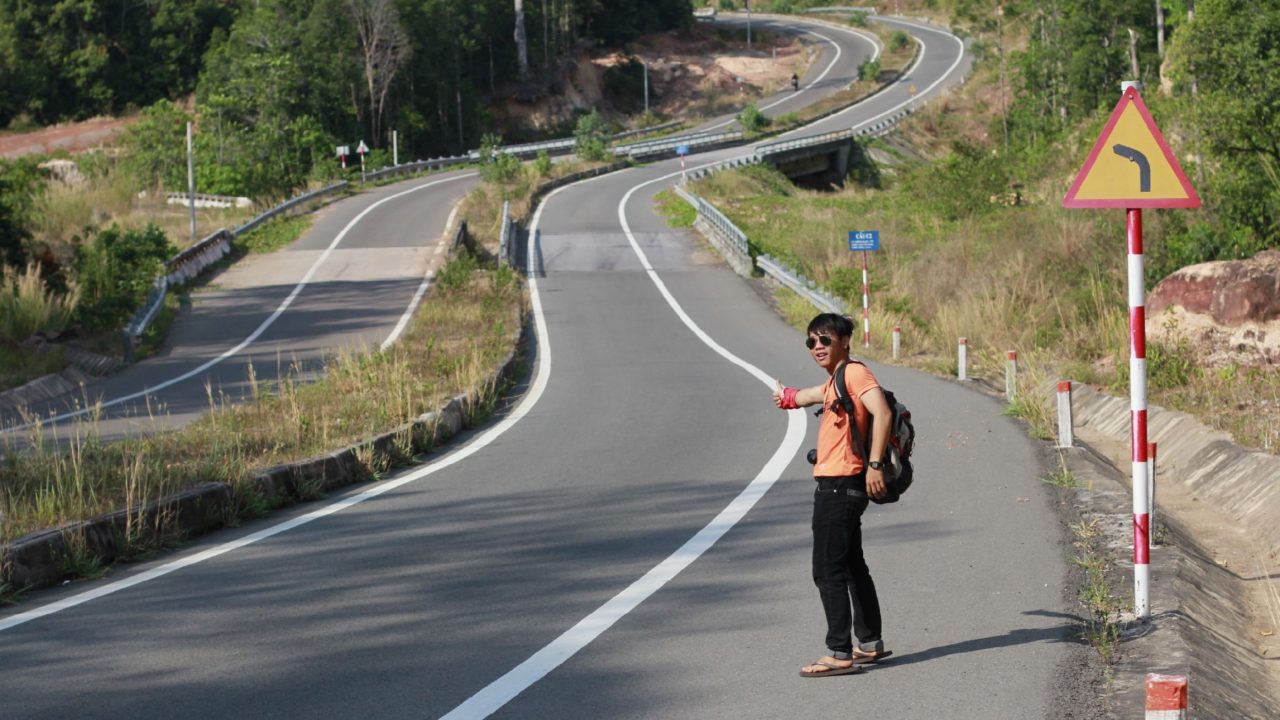
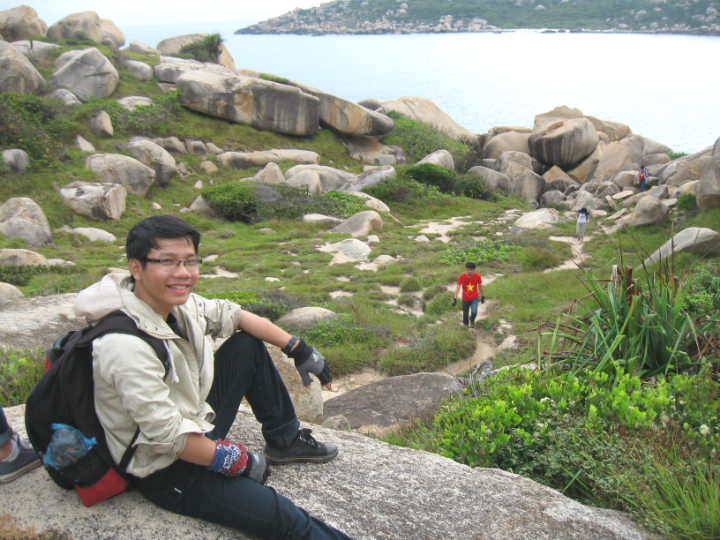
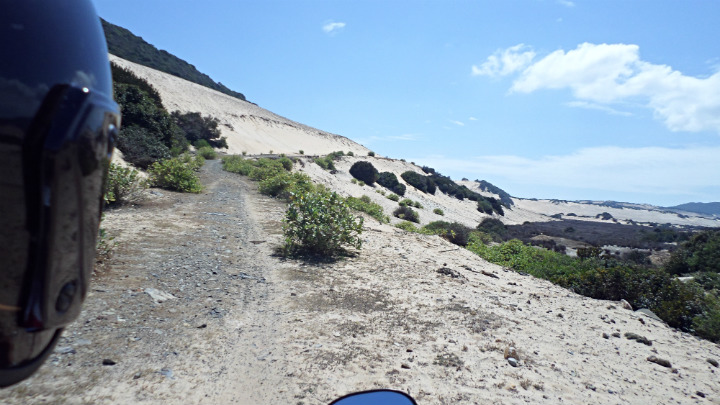
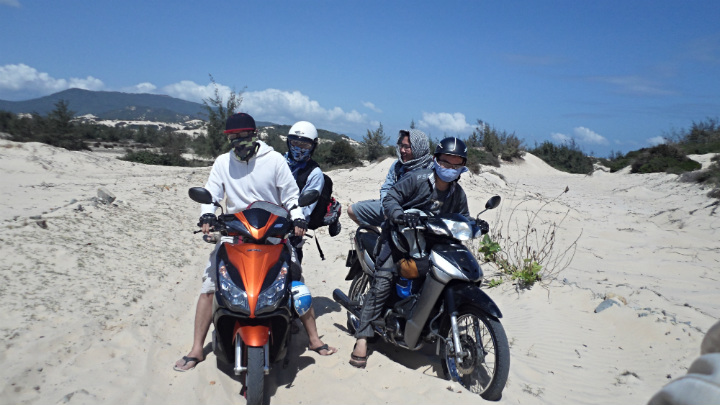

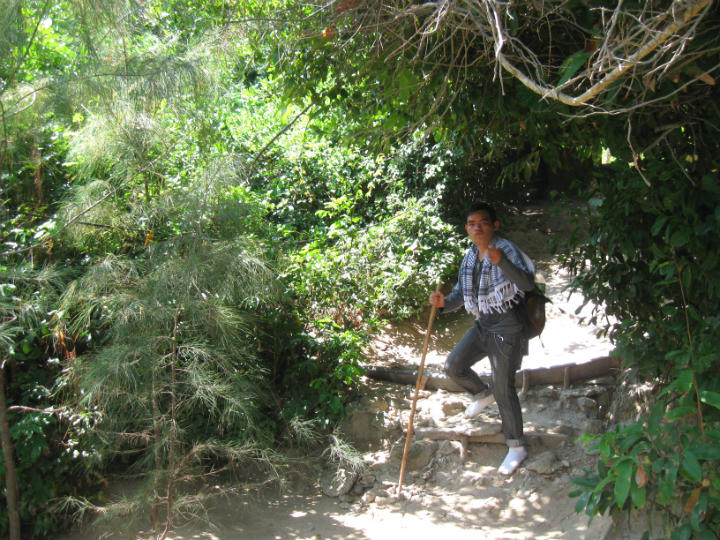
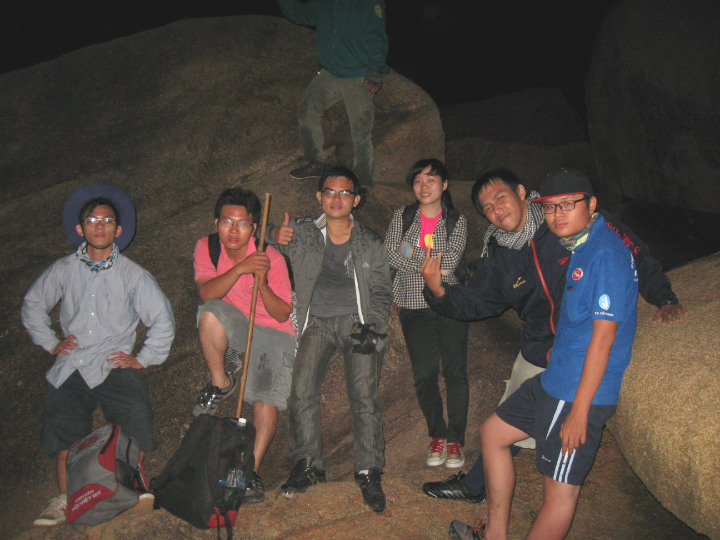
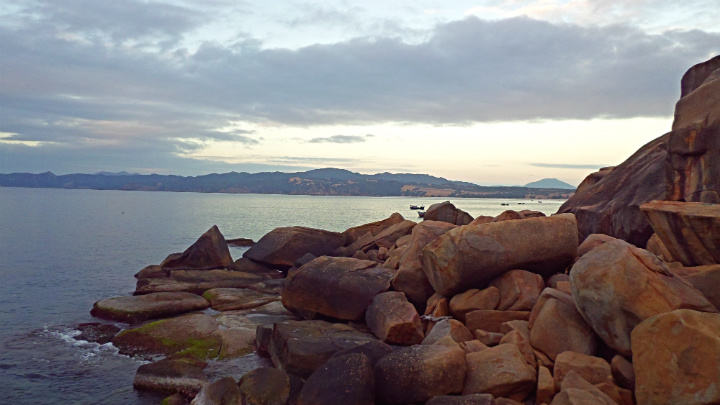
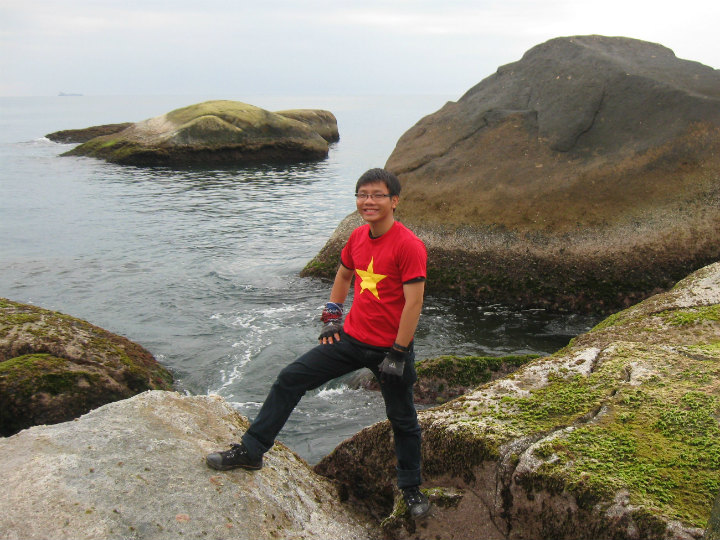

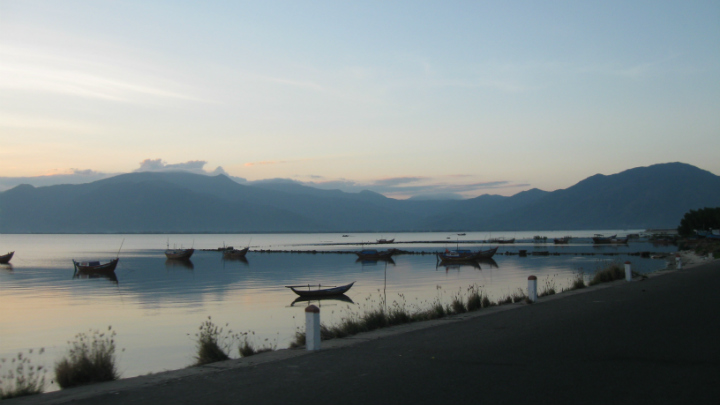
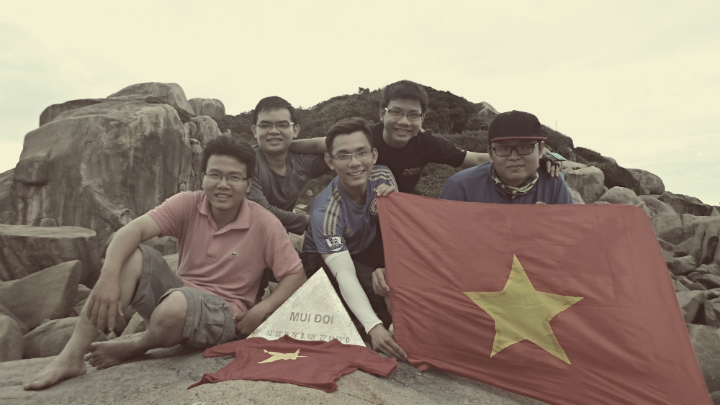
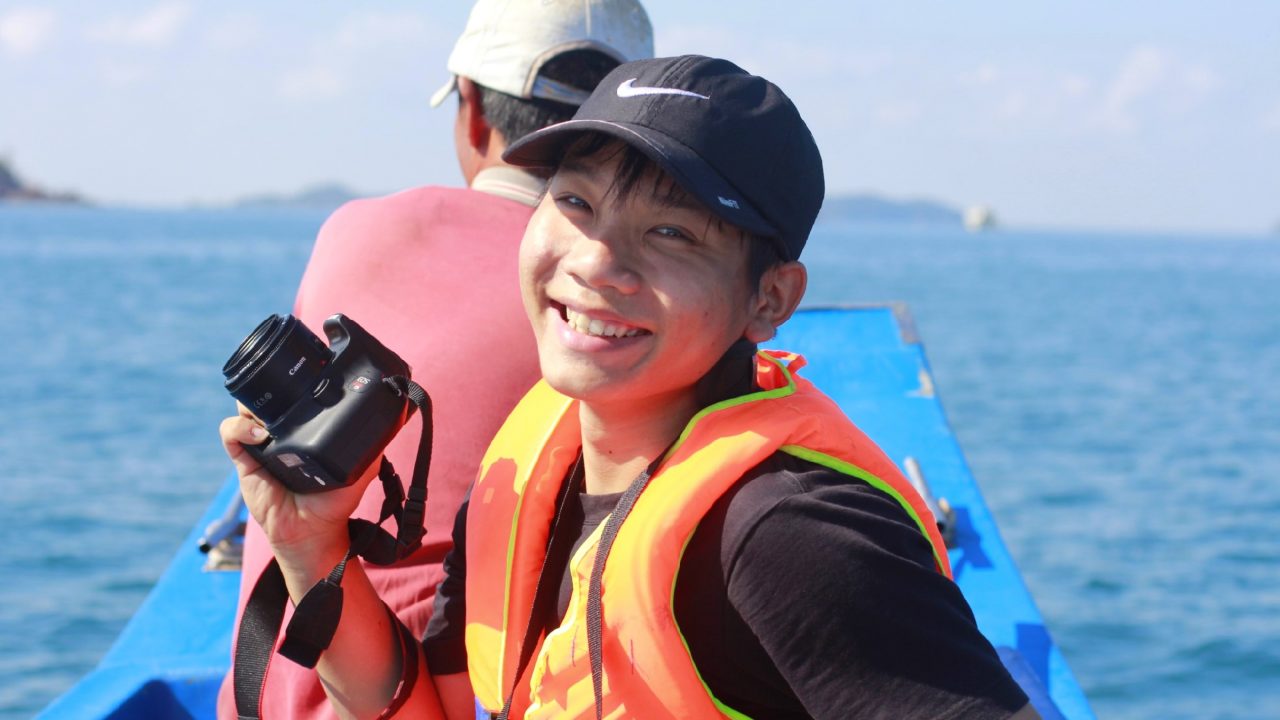
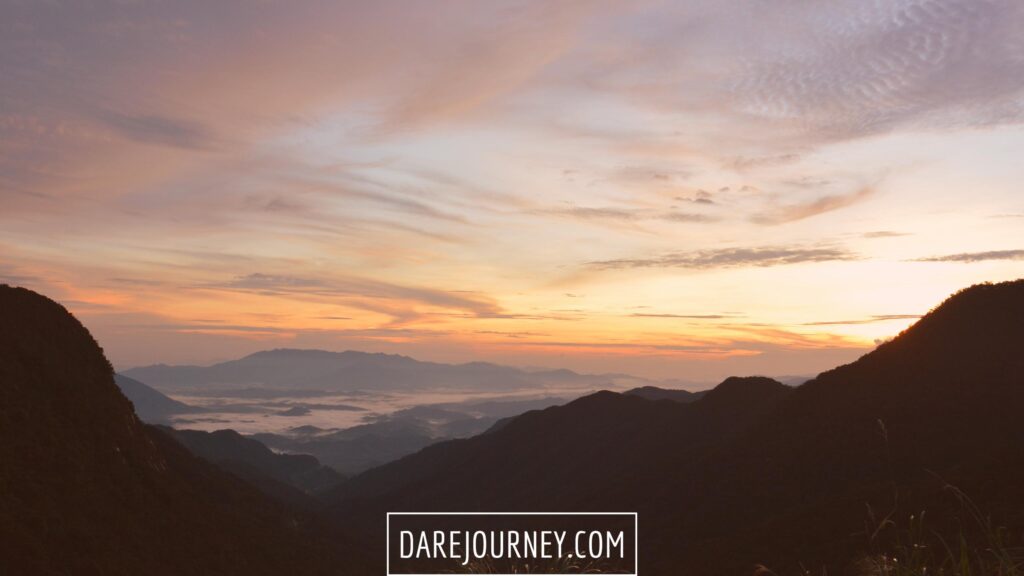
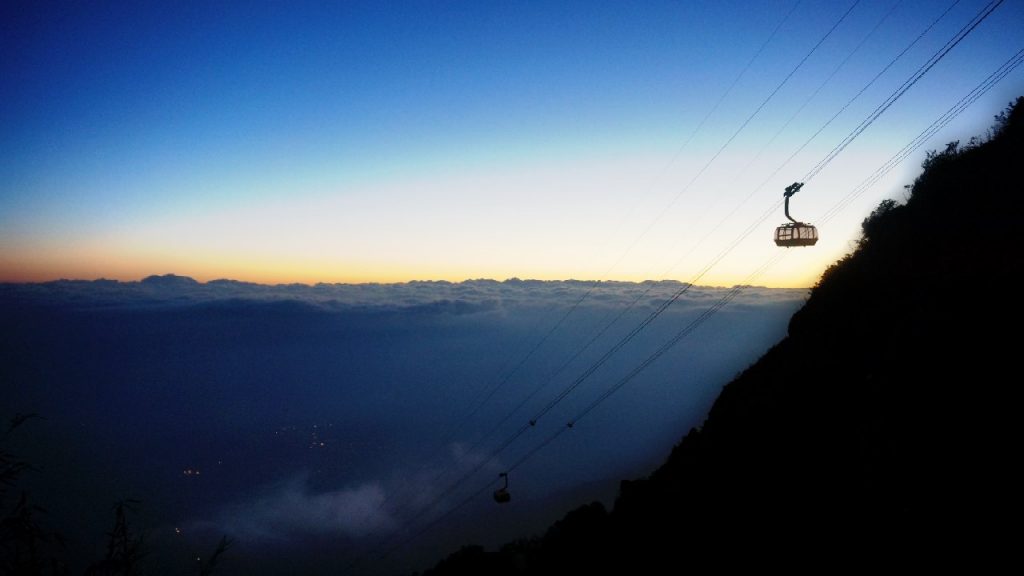
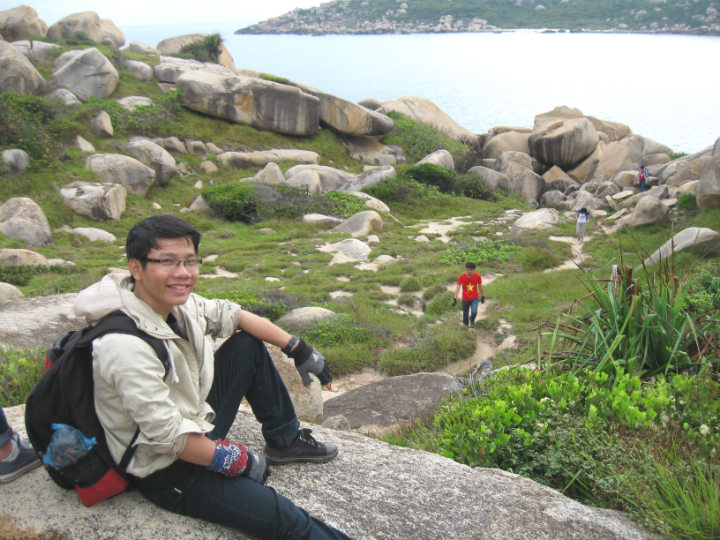
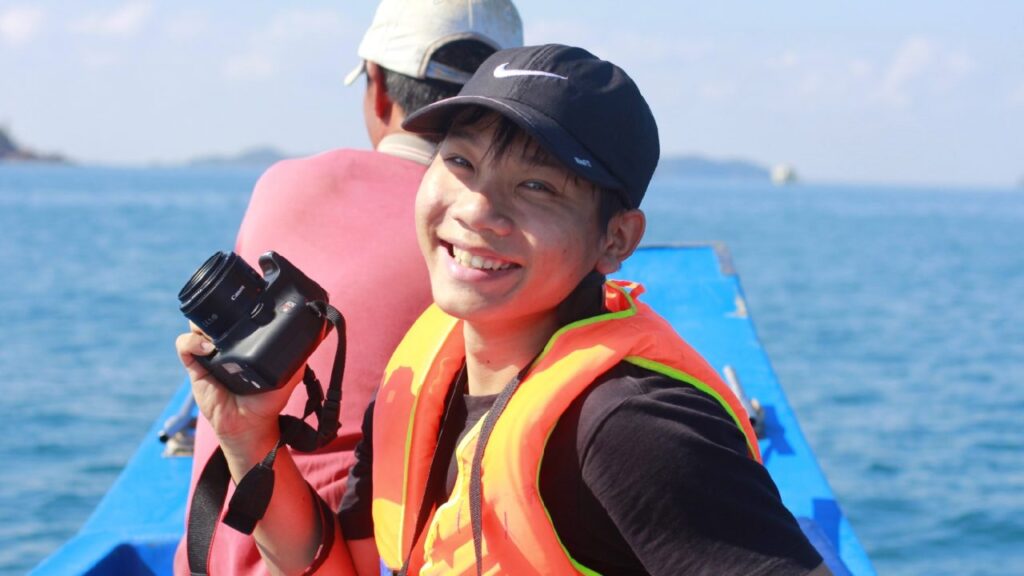


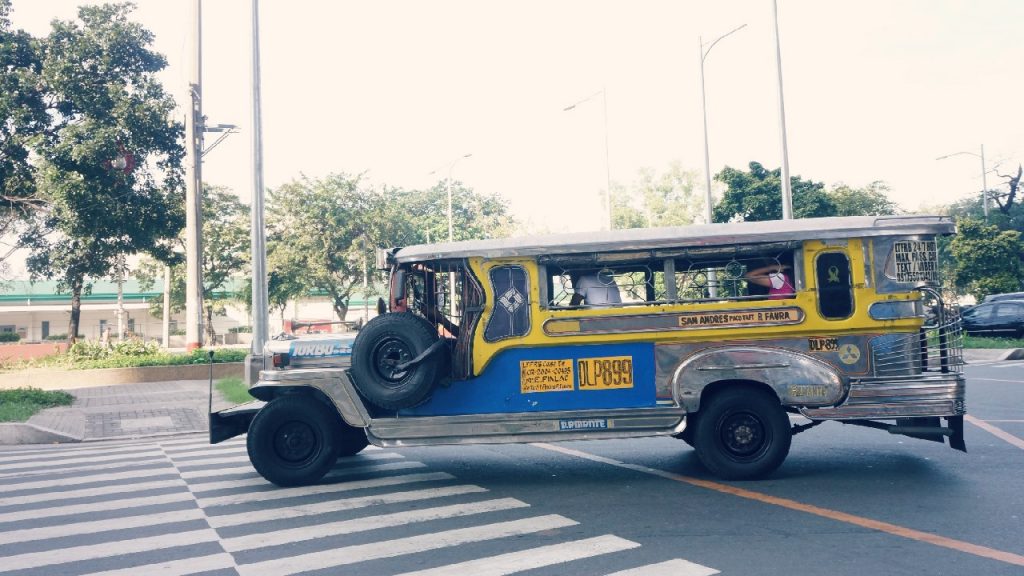
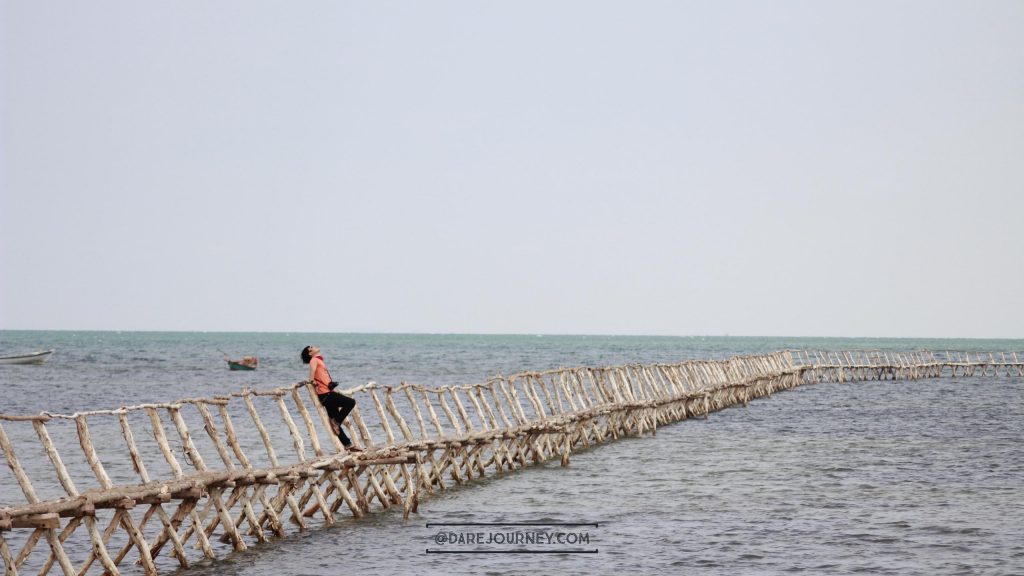
![[2017 Memories] Bobla waterfall](https://thinhpham.com/wp-content/uploads/2025/01/Lam-dong-Bobla-waterfall-Darejourney.jpg)
![[2017 Memories] Zoodoo Dalat – A Fanstatic Zoo to explore](https://thinhpham.com/wp-content/uploads/2025/01/Zoodoo-Dalat-Darejourney.jpg)
